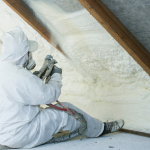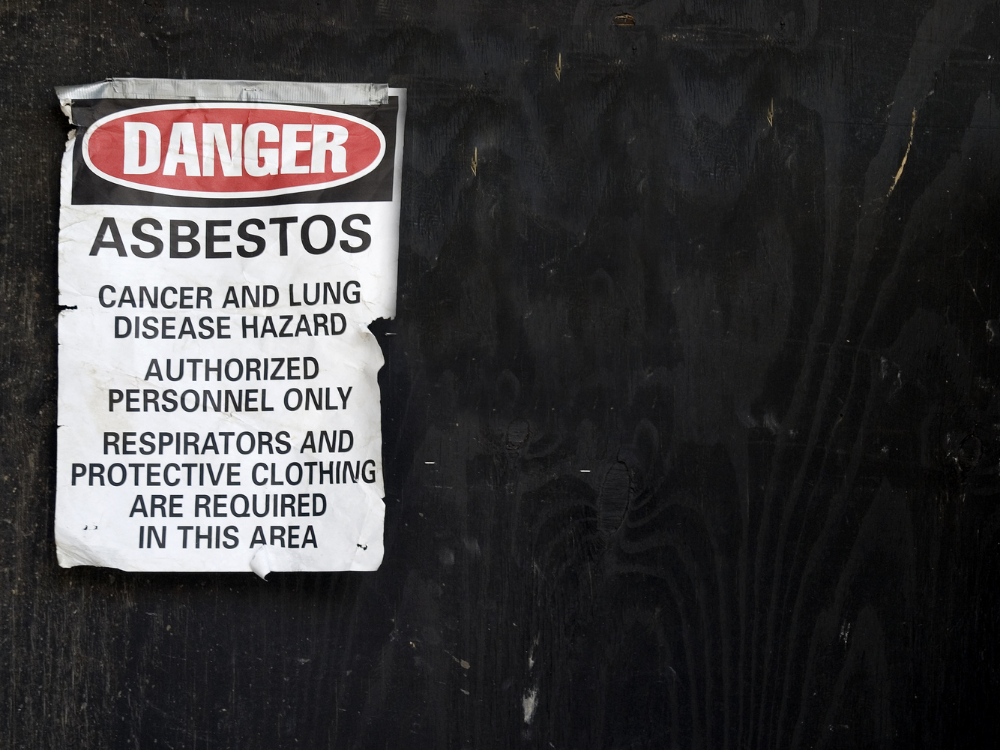A leading Australian dust diseases lawyer has warned that the country is facing a “third wave” of asbestos exposure, for which compensation may be difficult to obtain.
Roger Singh, dust disease national special counsel at Shine Lawyers, spoke to Lawyers Weekly recntly, and noted that while many Australians consider asbestos exposure an historic issue, it is far from over.
“We have seen irreparable damage to health and in many instances, seen lives cut short in light of asbestos related cancers such as mesothelioma. The latency period from first exposure to onset of disease can take between 20 to 60 years to eventuate and to this end we are continuing to see the asbestos legacy wreak havoc to the present day with Australia recognised as one of the highest measured incidence rates of mesothelioma in the world,” he said.
“Each year in Australia, between 700 and 800 people are diagnosed with this rare and aggressive cancer. In the 2018–2019 financial year, the estimated health expenditure for mesothelioma cases was $27.4 million.”
The concern for many in the legal profession is that the current wave of asbestos exposure stems from rental properties that are not kept to the appropriate standards.
Asbestos is unlikely to present a risk to human health when contained in a building and left undisturbed. When maintenance or works like demolition are carried out, dust and particles become airborne and can present a risk to residents’ health.
Mr Singh noted the difficulty in obtaining compensation for rental tenants if they develop an asbestos exposure-related disease because “to bring a claim for compensation, it is necessary to have a viable defendant against whom the claim might be brought, namely the entity responsible for the exposure due to its breach of duty of care and negligence. It must be proven that it was reasonably foreseeable that the subject of asbestos exposure would likely cause the asbestos disease sustained,” he said.
“The legal jurisdictions throughout Australia may vary with respect to the mechanics of bringing a compensation claim. A worker (employed person) who ultimately develops an asbestos-related disease may have significant compensatory entitlements under the state-based workers’ compensation scheme as well as the right to bring a court-based claim.
“For those who may have encountered exposure outside a workplace environment; for example, a spouse who developed the disease as a consequence of shaking out and laundering their loved one’s dust-ridden work clothes, home renovators or exposure encountered at a rental property would be entitled to bring a court-based claim.”
Mr Singh noted that the risk of asbestos exposure, despite Australia’s ban on use in manufacturing, importation or construction using the material, still exists.
“The tragic Australian asbestos legacy has not yet run its course and a predicted ‘third wave’ is upon us.”




